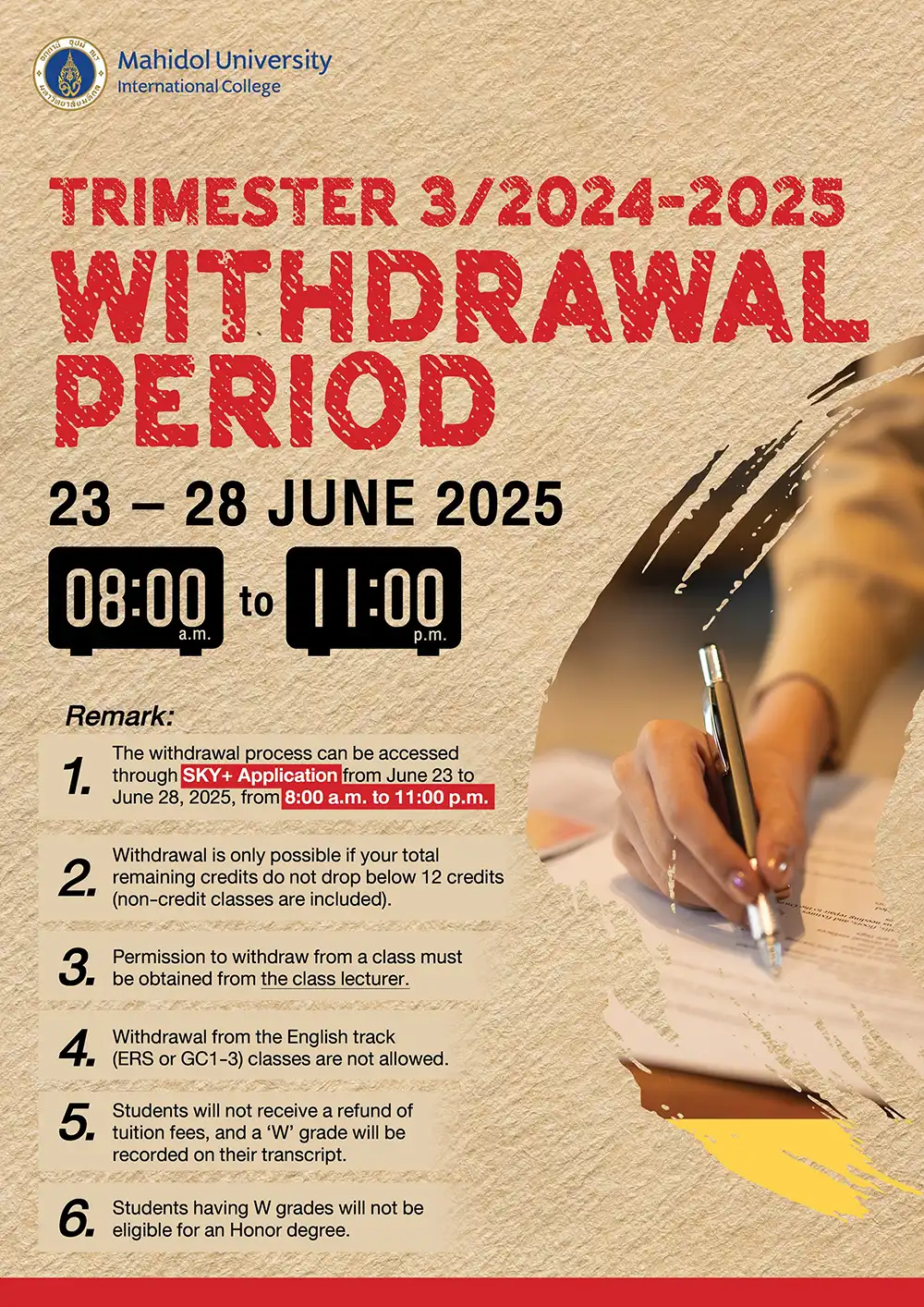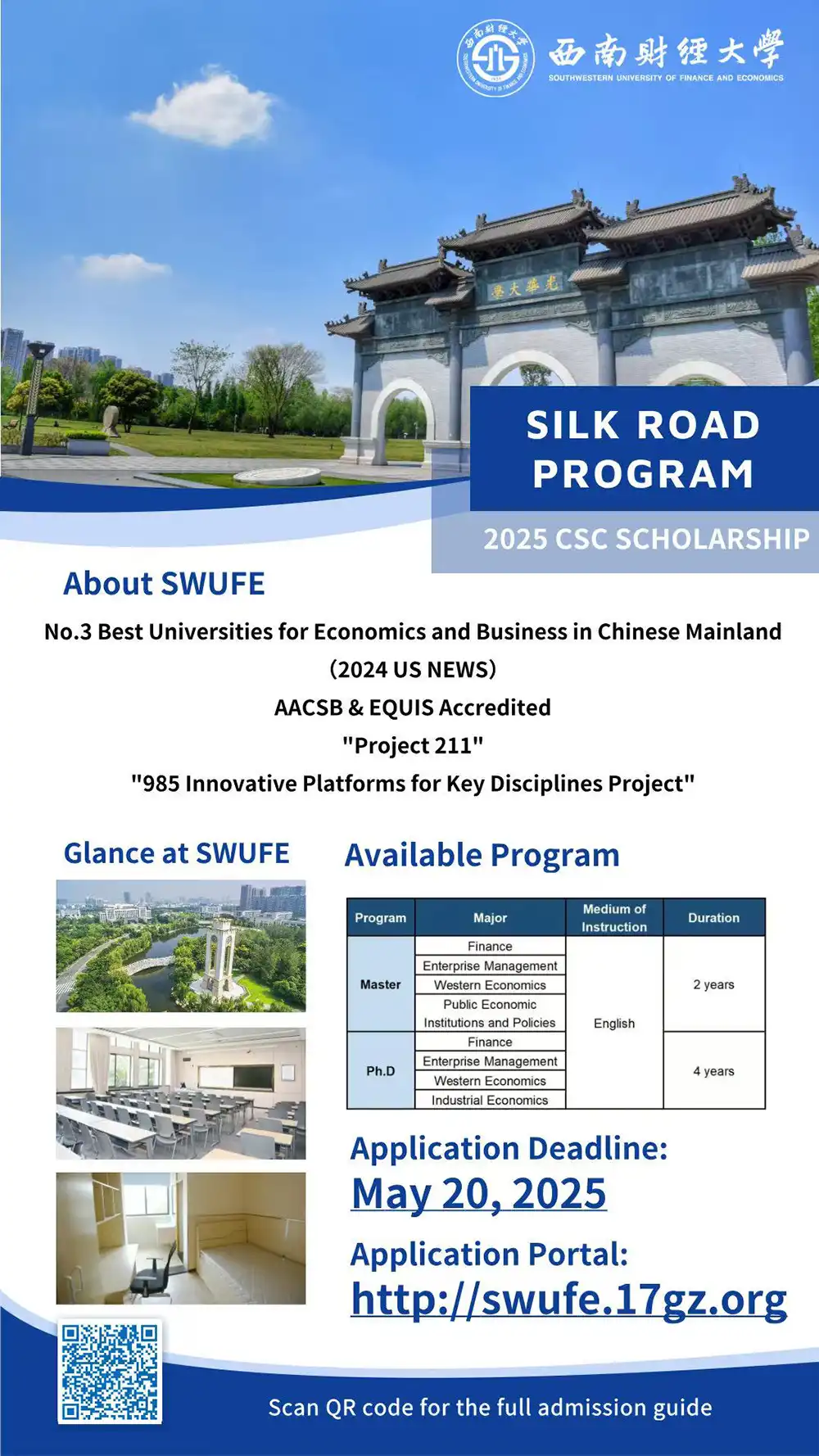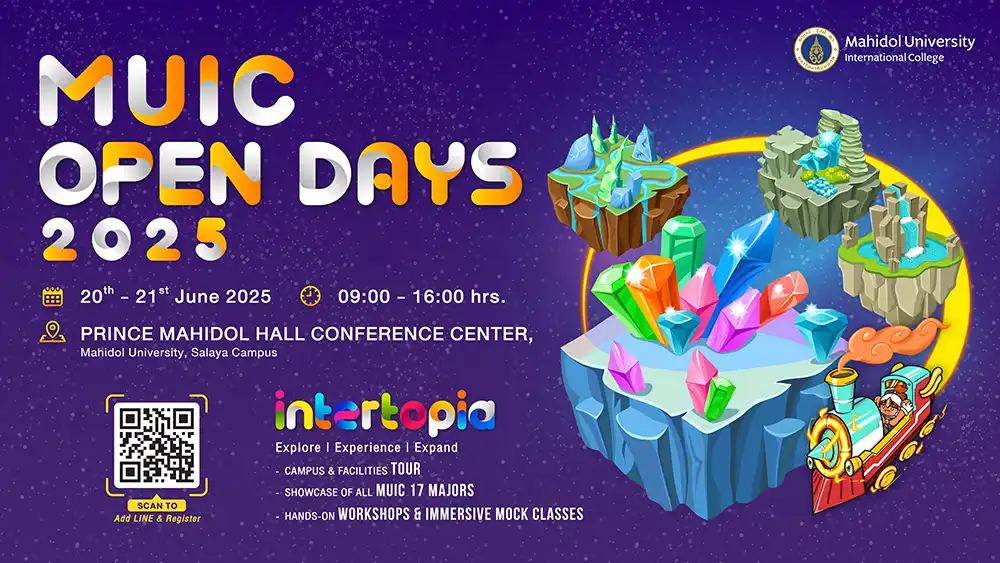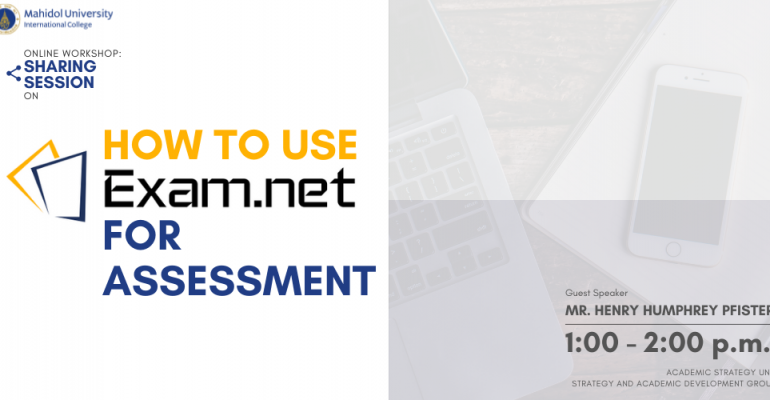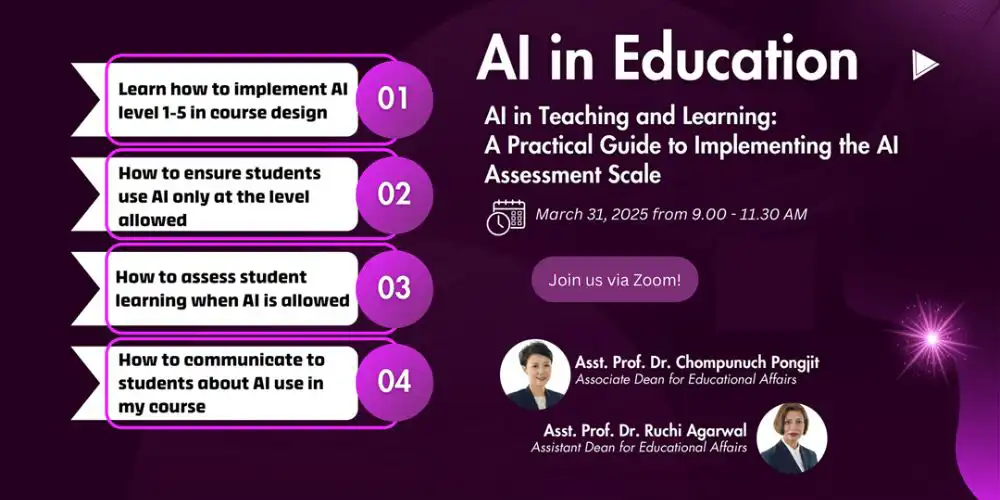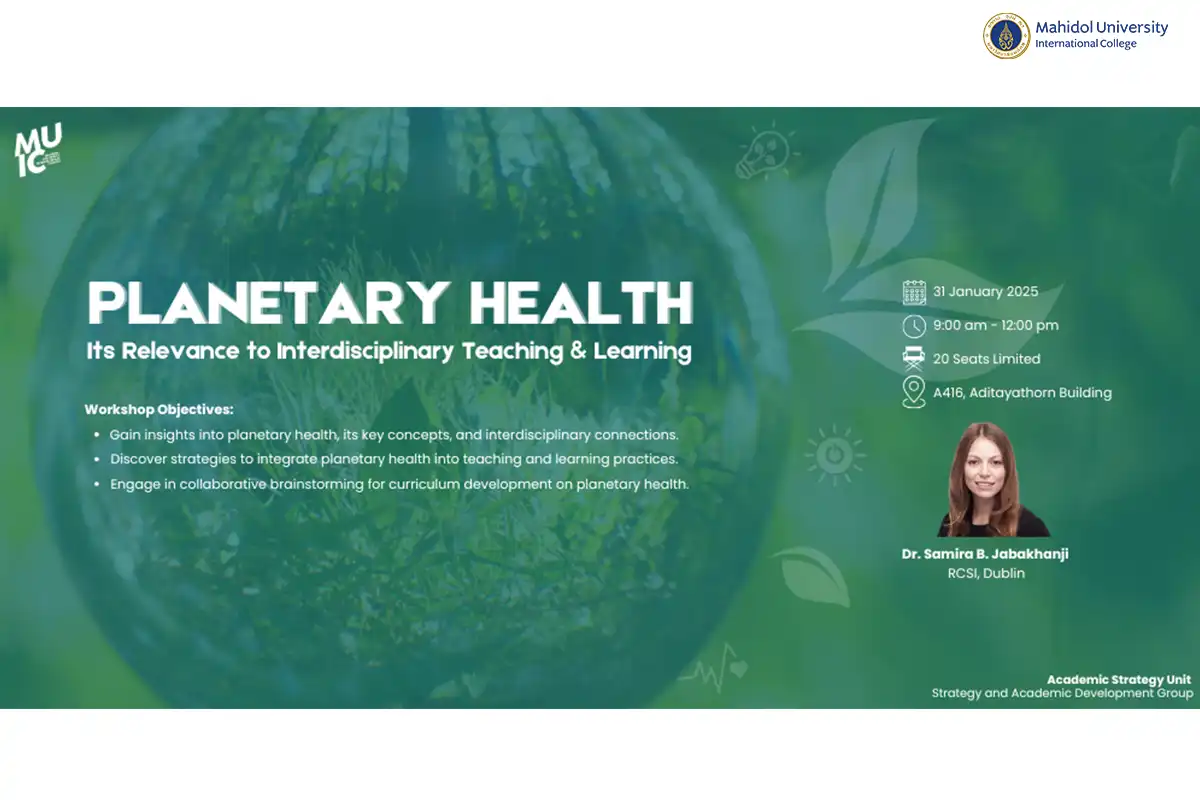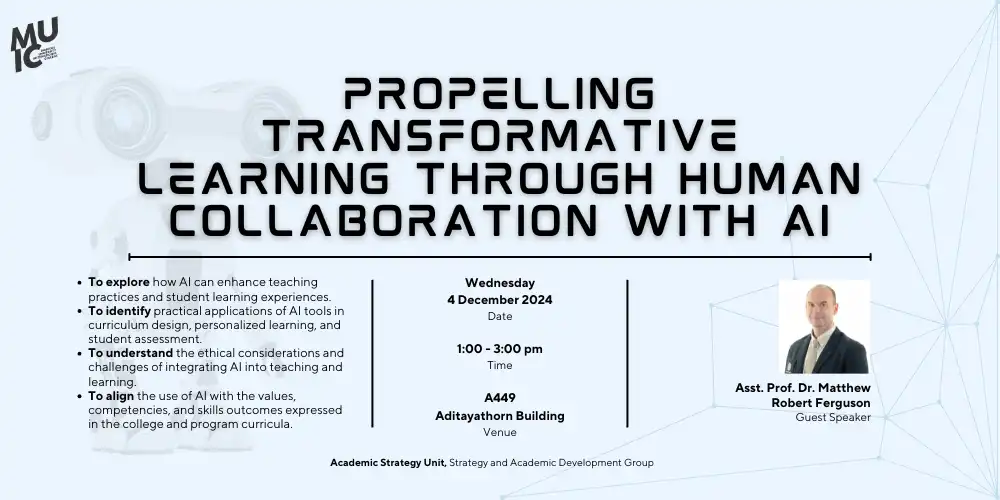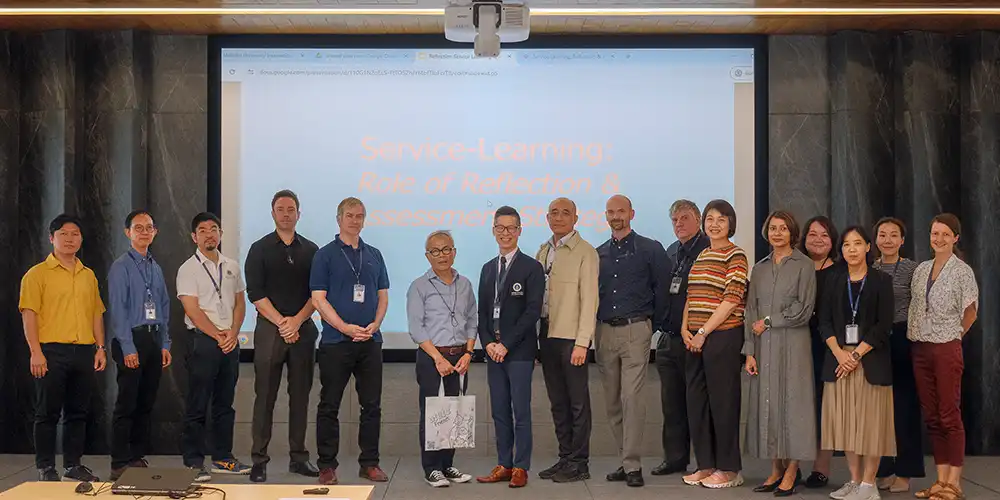Workshop 1: How To Use ‘Exam.Net’ For Assessment
February 11, 2021 2021-02-11 9:25Workshop 1: How To Use ‘Exam.Net’ For Assessment
Title: How to use ‘Exam.net’ for assessment
Date & Time:
Thursday, 11 February 2021 from 1.00 – 2.00 p.m. &
Friday, 19 February 2021 from 1.00 – 2.00 p.m.
Conductors: Mr. Henry Humphrey Pfister
The Strategy and Academic Development Section under the OAA and the EdTech Unit organized its 9th workshop for the academic year of 2020-2021 entitled ‘How to use ‘Exam.net’ for assessment’. The aims of the workshop were to introduce a secure online platform for conducing online exams.
One of the profound disruption caused by Covid-19 is the temporary closure of academic institutions around the world. Classes have moved online leading to a rise of online learning in which lectures, lessons, and activities are conducted remotely. The new technologies, pedagogies, platforms and tools are adopted in attempt to create a connection with students to identify challenges, offer support, and provide meaningful learning experience.
In this session, an online platform called Exam.net was introduced as a new digital tool that can help teachers create and administer online examination. Originally built upon the idea of having the students physically present, Exam.net can also be used when the students are in a remote location. Either as a stand-alone tool or with webcam monitoring, the platform allows teachers to visually and audibly monitor the students through several video conference services such as Google meet, Google hangouts, Zoom, and Microsoft Teams. When used together, Exam.net monitors what the students does on the device, while the video solution monitors what happens at the student’s location.
To access to the exam, neither accounts nor passwords are needed. Students will be given the exam key to enter into the secure exam mode where teachers had created/uploaded the existing exam and added the available tools that suit their needs. The site comes with built-in support tools such as GeoGebra and Desmos, programming/coding spell-check, drawing area, diagrams or graphs embedding function, chemistry formulas and tables adds-on, calculator, and other tools that support writing mathematical expressions. In addition to math/science-oriented tools, you can also find tools such as built-in dictionaries in different languages, audio files, speech synthesis, translation, and Turnitin. During the exam the student’s device is locked to the exam environment which means the student is prevented from copy/pasting text and teacher can monitor student’s activity log, trace back how a text has evolved, and analyze the text to check for plagiarism. After the exam, teachers can choose to either print, download as PDF or Word file, or export the student’s work to Google Drive or OneDrive. The functions to mark, grade, provide feedback are not, however, included within the platform.
Another plus point of Exam.net, besides providing a secure exam environment, is the fact that it is GDPR (General Data Protection Regulation) complaint, and has taken highly security measures, for example, encrypted communication, sign-in log and protection against malware, to protect the data of users. The teachers can also choose the level of security when creating an exam, which could restrict students’ browser options and make it impossible for them to access other programs or tools on their devices during the examination.
Technology has branched out from merely a tool to connect people, to a platform for every aspect of our lives, and now It’s transforming classroom and disrupting education as we know it. Until recently, students need to gather in the classroom at the same time to take an exam. Today online tools allow students to take exam with their own devices, regardless of their location or schedule. Teachers can find a variety of tools that can help them conduct, or even monitor an online exam. Yet, as educators, it is important to remember that they are also a decision maker who need to constantly making decisions in classrooms; instructional strategies, concerning content, etc., the weight of their decisions will not only fall on themselves but will also affect the students. Hence, the decision to adopt new digital tools need to be carefully considered, to find what works best for the class and ensure that students gain the best learning experience.


